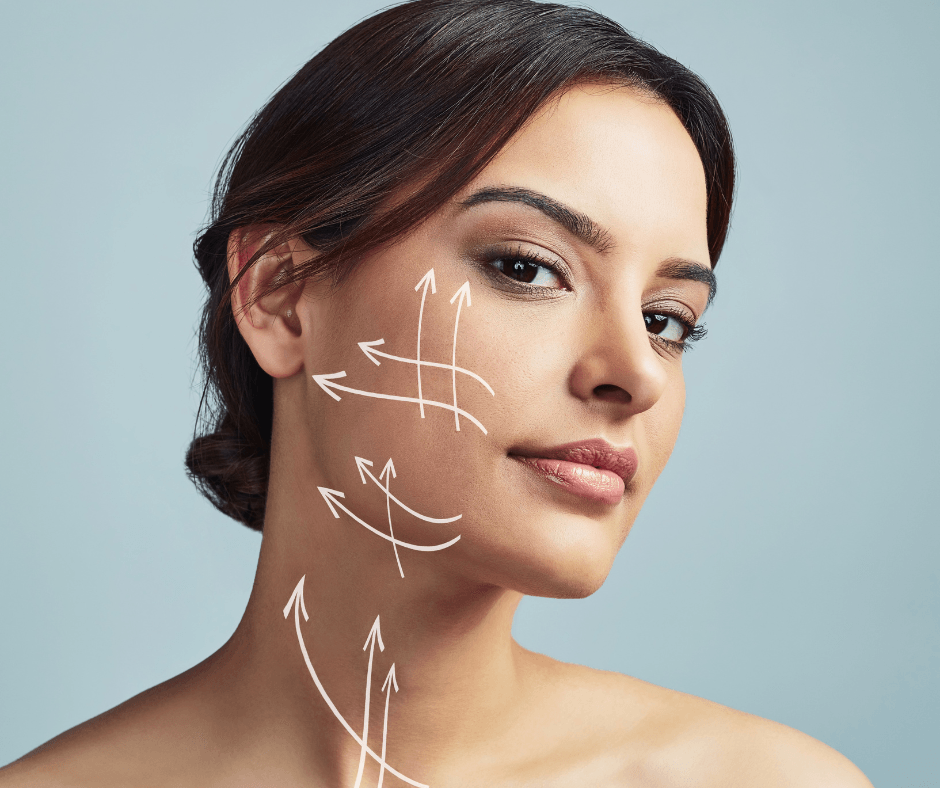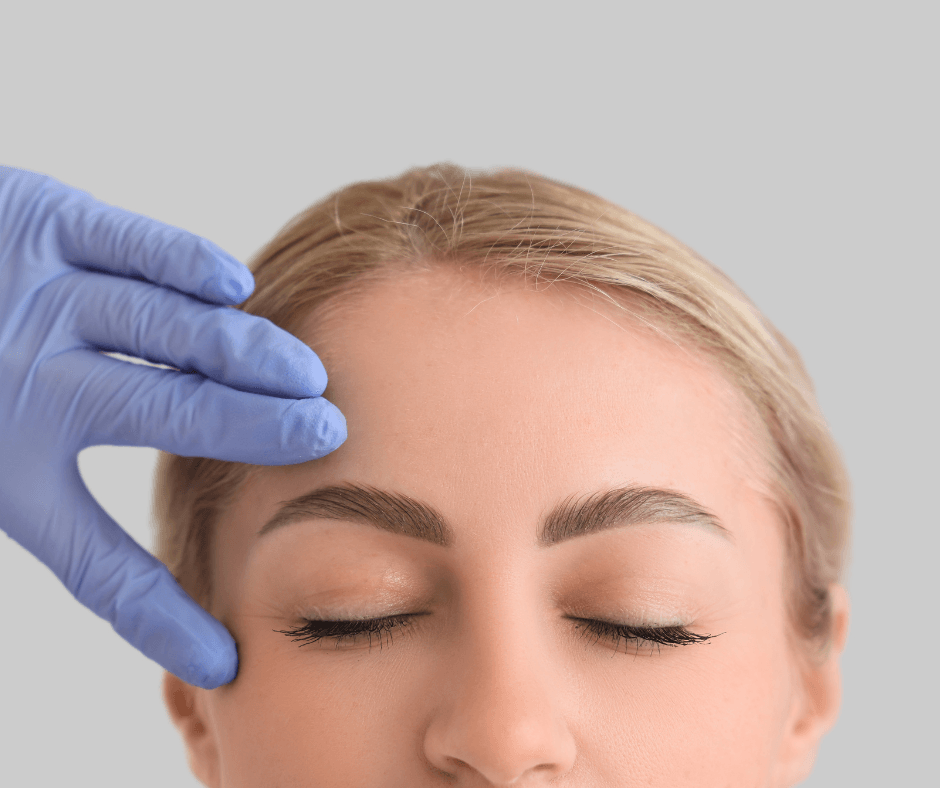
Facelift Maintenance 101: How to Protect and Prolong Your Results
A facelift can take years off your appearance, but it doesn't stop the ageing process. Over time, skin changes, volume loss, and gravity can slowly alter the results. The good news? With the right facelift maintenance plan, you can keep your face looking refreshed for many years. This guide covers...


